Picture a world where vibrant macaws flaunt their sapphire feathers just beyond your window, where rough and tough cowboys navigate waist-deep waters teeming with caimans on horseback, and where the landscape surrenders to the ebb and flow of seasonal floods, submerging vast expanses for half the year. Welcome to the Pantanal, the beating heart of South America, nestled within the borders of Bolivia, Paraguay, and Brazil’s Amazon basin.
Spanning over 42 million acres, the Pantanal emerges as the planet’s largest wetland, overshadowing the likes of England in sheer magnitude. Yet, unlike its renowned neighbor, the Amazon, the Pantanal remains a hidden gem, offering unparalleled opportunities for wildlife enthusiasts to encounter a rich tapestry of species, including the elusive South American jaguar.
My journey into the heart of the Pantanal began with being restless and confined within the walls of our tiny apartment. My fiancé and I found solace in old documentaries, stumbling upon a faded reel depicting Brazil’s jaguars prowling the Pantanal’s waterlogged landscapes. In a way, it reminded us of our more tame escapades in Florida’s Everglades. While we certainly saw plenty of alligators and birds there, we were ready to step up our game and seek out an opportunity to see a jaguar face-to-face.
One year later, and well after life began returning to “normal,” we booked this wild adventure that kept manifesting in our dreams at night. After a marathon of 17 hours and several flight layovers, we descended into Cuiabá, the gateway to the Pantanal. Welcomed by our guide, Regina, we took another three-hour drive along the Transpantaneira, a rugged thoroughfare cutting through the wetlands’ heart. It wasn’t until that moment that we realized how remote the Pantanal is.
As we journeyed deeper down the Transpantaneira, Regina told us tales of the road’s tumultuous past. Conceived as a massive government project in the 1970s to spur economic growth, the Transpantaneira faltered after just 90 miles, succumbing to the Pantanal’s formidable terrain, which made development nearly impossible. Today, the Transpantaneira is a lifeline to the Pantanal, a precarious artery linking civilization to the wild. Peppered with weather-beaten bridges and shrouded in emerald foliage, the road offers a portal into the Pantanal’s intricate ecosystem, where thousands of wildlife species and untamed landscapes are, in a way, shielded from most of modern tourism.
During our multi-week safari through Brazil’s Pantanal, we became more connected to nature and the simplicity of remote destinations. What makes the Pantanal unique and relevant in the travel industry today is an emerging economic shift from farming and agriculture to wildlife tourism, heralding a new era of conservation-led prosperity. Only 5% of the Pantanal is protected, meaning the region larger than the size of England grapples with encroaching threats of habitat loss and development. While agriculture once dominated the region’s economic landscape, unsustainable practices often led to deforestation, habitat degradation, and conflicts with wildlife. Specifically, the South American jaguar faced the worst, being blamed for cattle deaths and hunted to the edge of extinction for generations.
However, with the rise of wildlife tourism, fueled by growing interest in sustainability and conservation, the Pantanal is emerging as a new ecotourism destination in its early development. By prioritizing the protection of its natural assets, such as the jaguar and extremely biodiverse bird species, the region has unlocked a wealth of economic opportunities from ecolodges and guided safari experiences that bring in a lot more income than just agriculture.
As the sun dipped below the horizon on our last night, I soaked in the final moments of the Pantanal’s fiery glow across this impenetrable landscape. Its symphony of sounds—the chirrup of insects, the splash of caimans, and the rustle of wind through the canopy—echoed the rhythm of life, a beating melody that is often lost to most people today and isn’t guaranteed for tomorrow. In that fleeting moment, I realized the importance of conservation efforts to safeguard places like the Pantanal and to be here one day for our children.

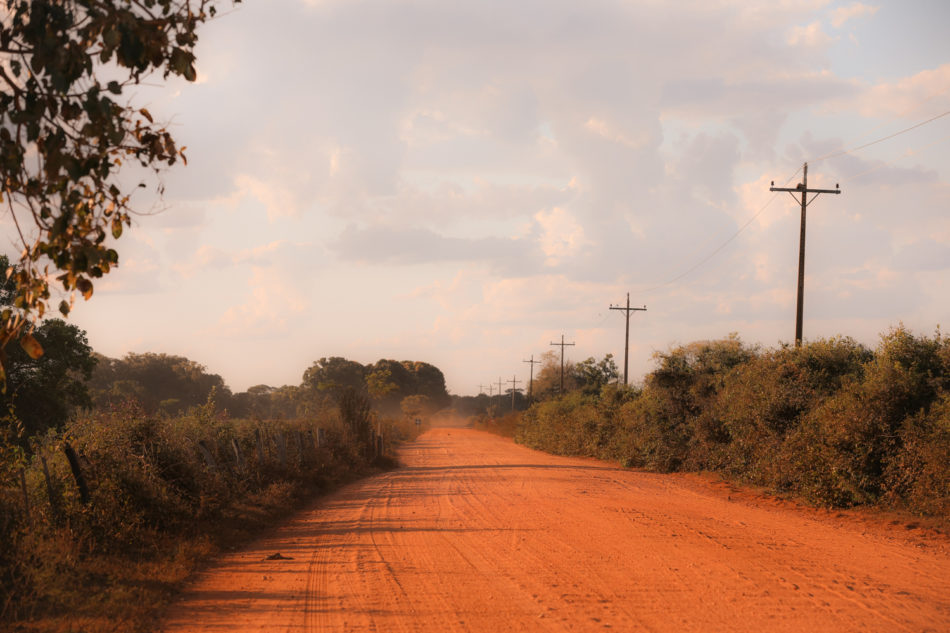

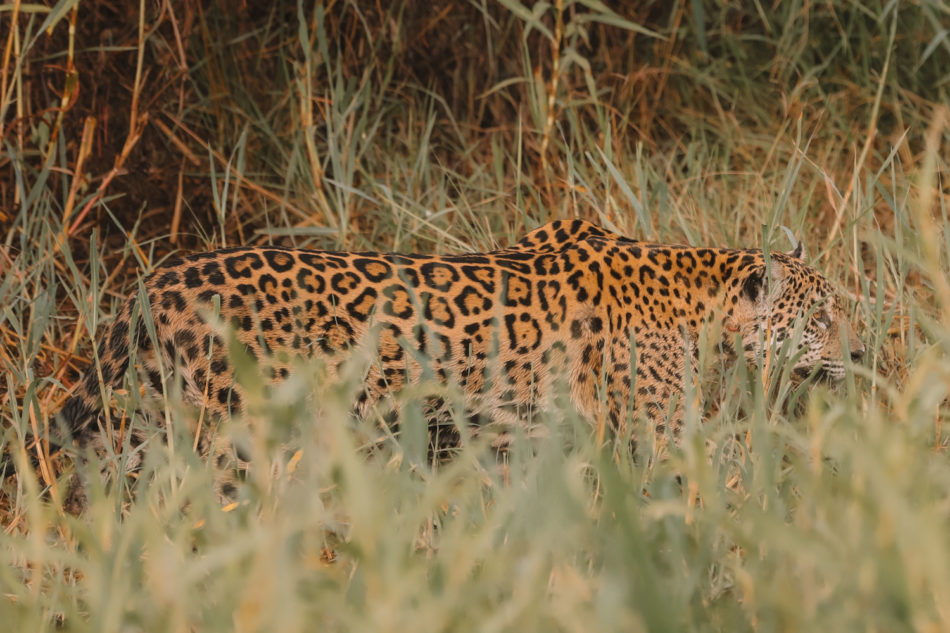
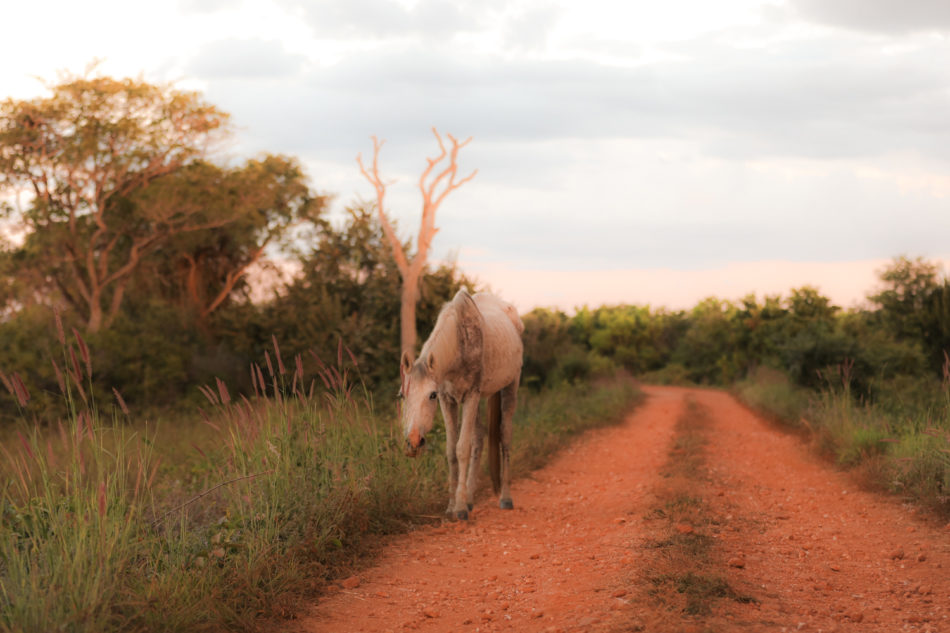
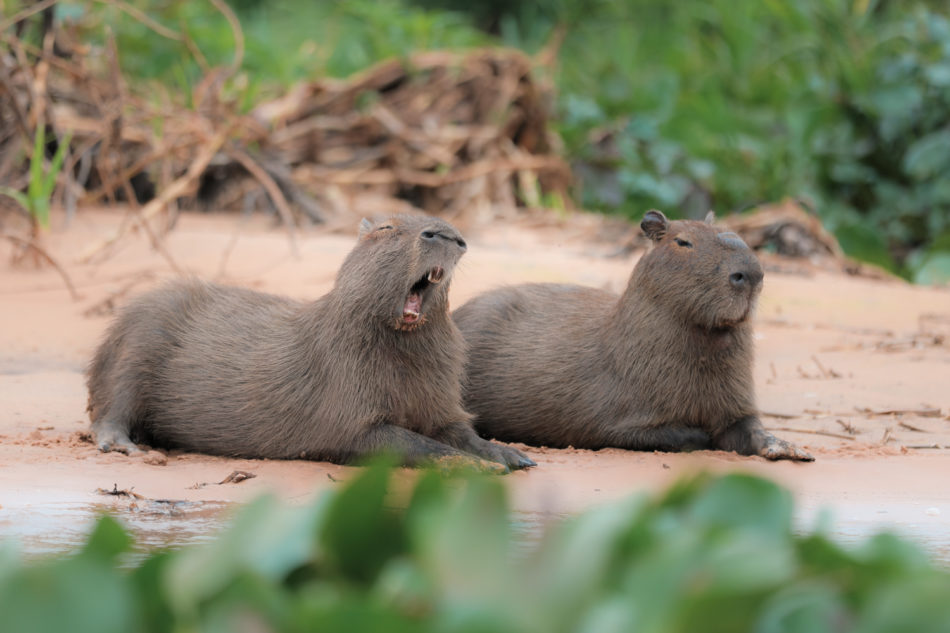
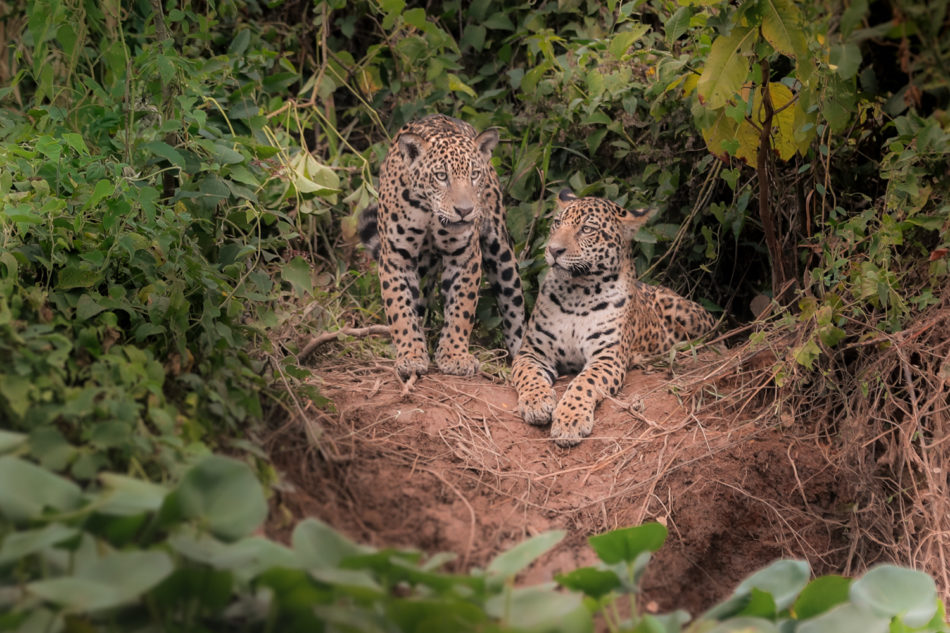

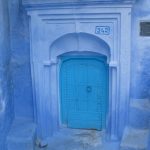




Leave a Reply